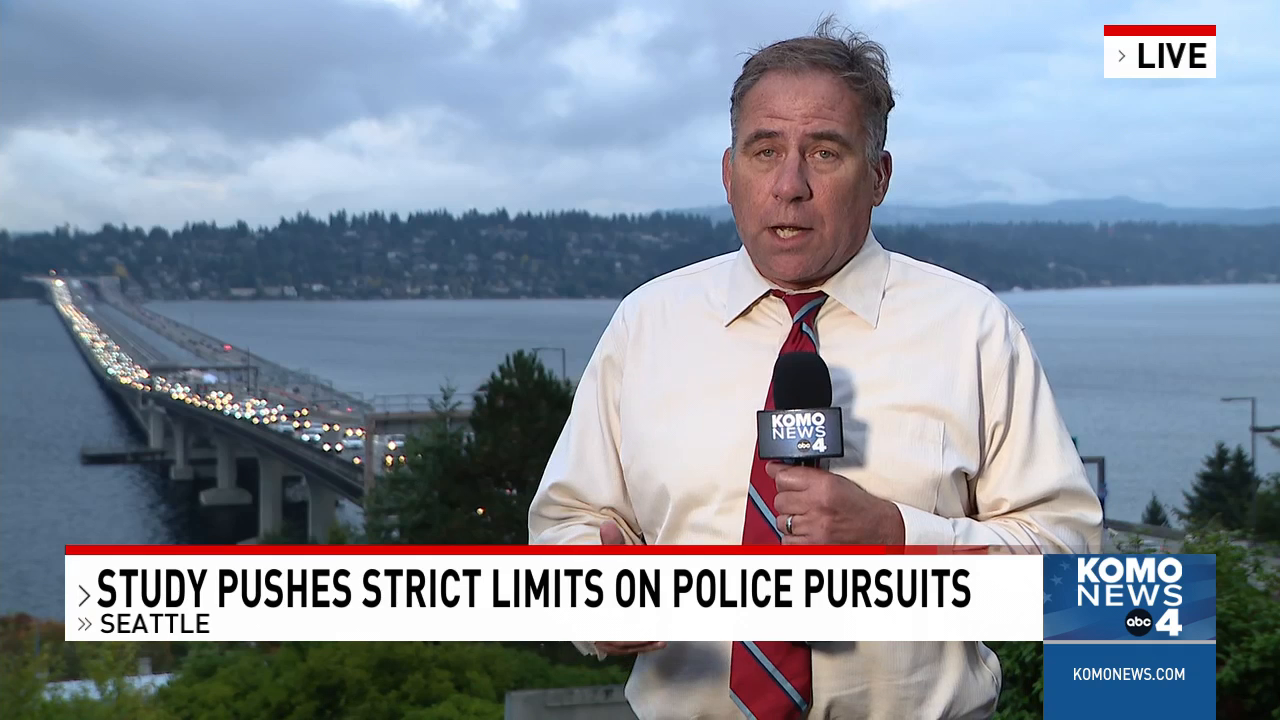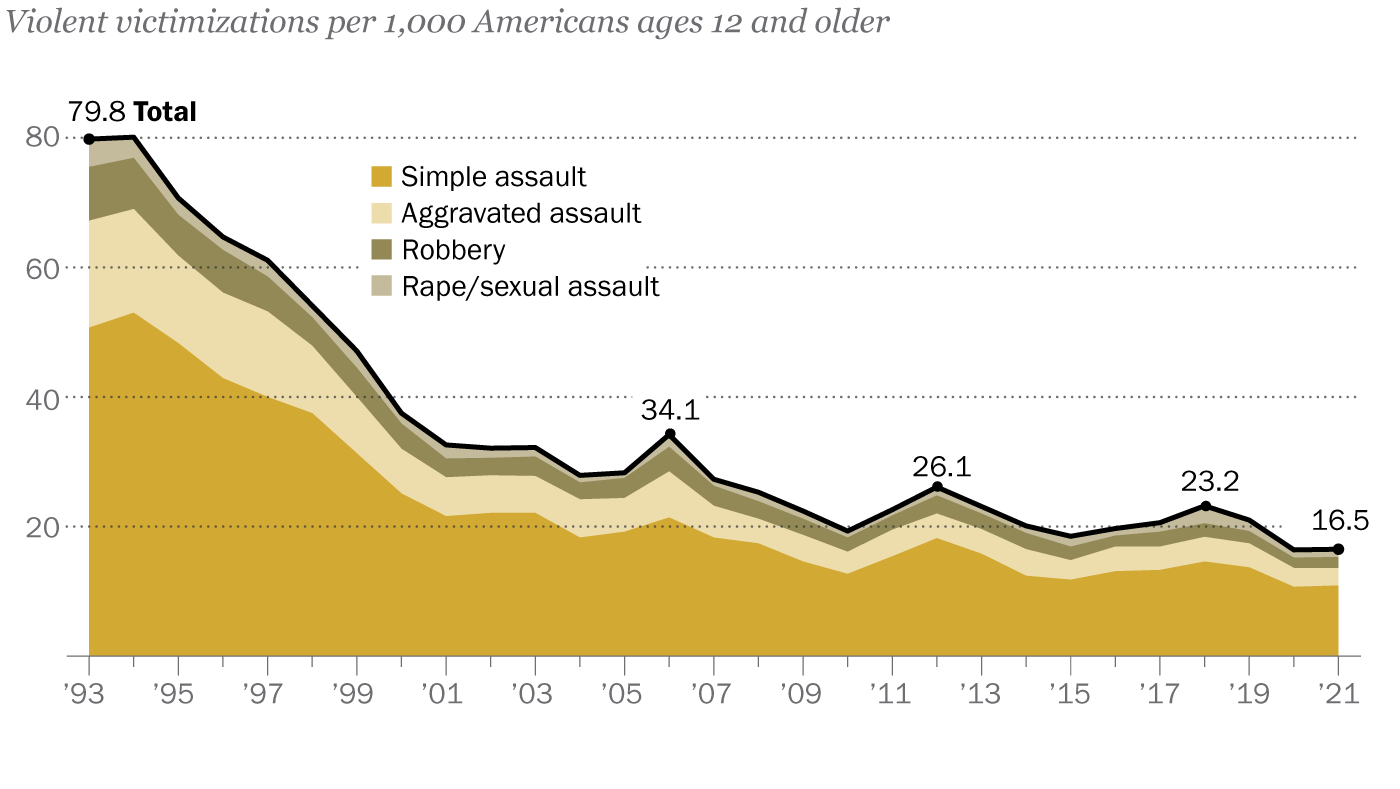Interesting article from the Marshall Project says prisons are preventing inmates from receiving books.
The Marshall Project has documented more than 50,000 records of publications dating back to the 1990s being banned by state prisons that censor materials. These books contain sexual content, references to racial justice or other topics corrections staff deem inappropriate, or threats to security. However, free speech advocates and groups that promote reading in prison say the increased crackdowns that limit who can mail books inside amount to harmful, de facto book bans while doing little to help prevent overdose deaths behind bars.
THE ARGUMENT: BOOKS SMUGGLE CONTRABAND INTO PRISONS.
Karen Pojmann, a spokesperson for Missouri Department of Corrections, said the department implemented the rule after mailroom staff found paper soaked with drugs such as methamphetamine. “We are trying to save lives,” she said.
Pojmann was unable to provide data on the total number of overdose deaths in Missouri prisons in recent years. But deaths from drug overdoses have been plaguing prisons and jails. According to data from the U.S. Department of Justice, 253 people died in prisons nationwide from drug or alcohol intoxication in 2019, a significant increase from 2001 when that number was 35 people.
NUMEROUS STATE PRISONS ARE NOW BANNING BOOKS.
Iowa, Missouri and Texas have cracked down on who can send books, citing concerns over narcotics-laced paper.
In September, Missouri banned individuals and organizations from sending books to people in prison, or even purchasing them on someone’s behalf. Instead, incarcerated people must purchase books themselves.
Other states have made similar changes. In Iowa prisons, books can only come from two approved vendors, a policy adopted in 2021 according to local news reports. But those vendors have limited selections. For example, Ralph Ellison’s classic book “Invisible Man,” which explores issues of racism and Black identity, is not available from either vendor, despite being a key piece of the U.S. literary canon.
In addition to the tighter rules about who can send books inside, books-to-prisoner programs said many states are being stricter in their screening process. The programs have had packages rejected because the wrapping had too much tape. Facilities in some states also refused packages because they were wrapped in brown butcher paper instead of white.
FREE-SPEECH ADVOCATES PROTEST THE BANNING OF BOOKS.
Moira Marquis, a senior manager at PEN America, an organization that advocates literary and journalistic freedom, has been researching access to books in prison. She said these policies that bar books based on their origin or how they are mailed rather than their content are growing and threaten incarcerated people’s right to access books and information. Based on calls to prison mailrooms in 16 states, PEN America found more than 80% of those state and federal correctional institutions now dictate that literature come from approved vendors, according to a report to be released this October.
“Absolutely, these policies are censorship . . . This is depriving people from being able to acquire information.” ~Moira Marquis, Senior Manager at PEN America.
ARE BOOKS THE CULPRIT FOR DRUG OVERDOSES IN PRISONS?
There is evidence from other states that guards are a source of drugs and other illegal contraband. Since 2018, there have been at least 360 cases of staff smuggling contraband, including drugs, into Georgia state prisons, according to an investigation from The Atlanta Journal-Constitution. And a study from The Urban Institute that looked at a handful of correctional facilities across the country found staff were a common source of contraband cellphones and cigarettes in Florida.
Prison is a terrible place.
Please contact my office if you, a friend or family member are charged with a crime. Hiring an effective and competent defense attorney is the first and best step toward justice.




















